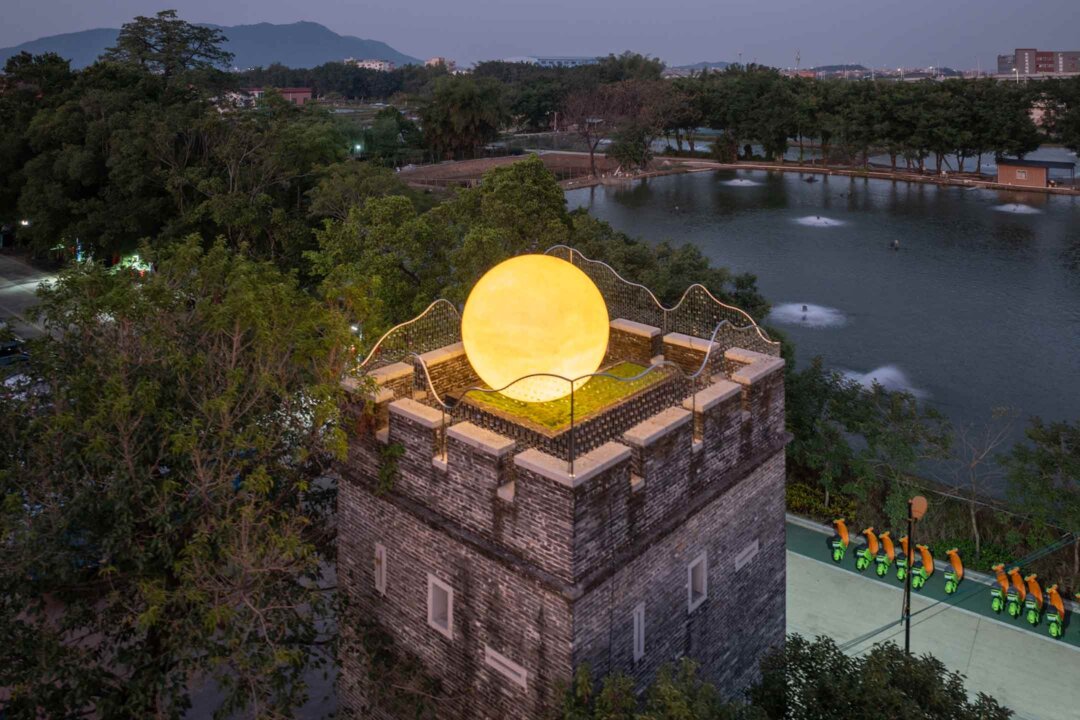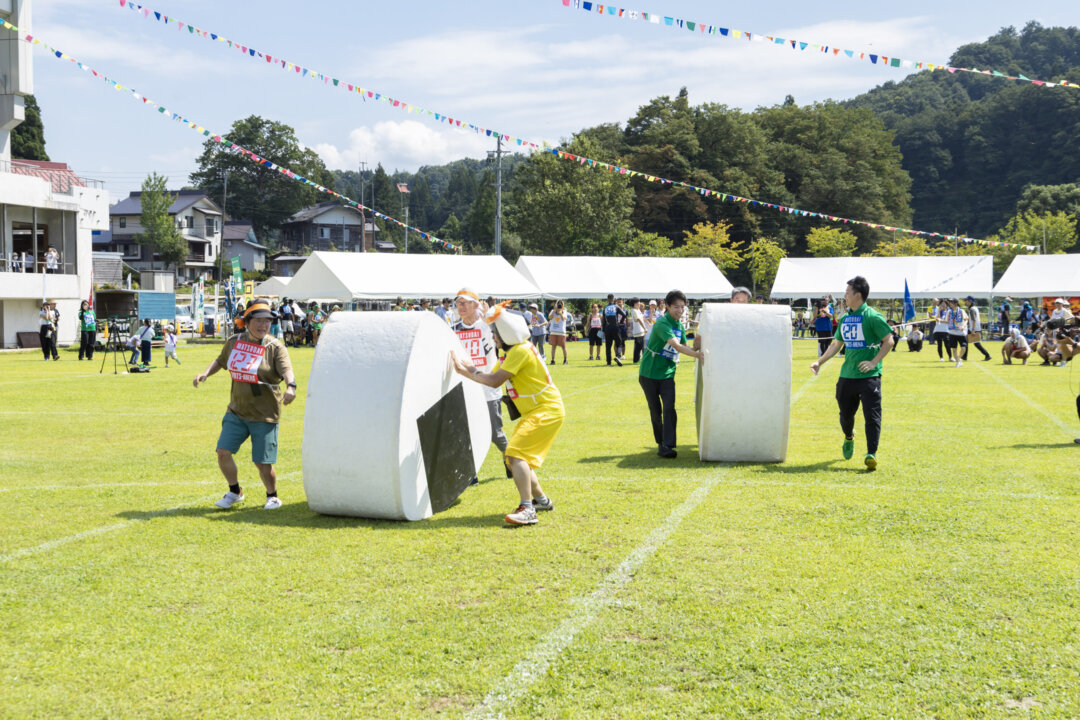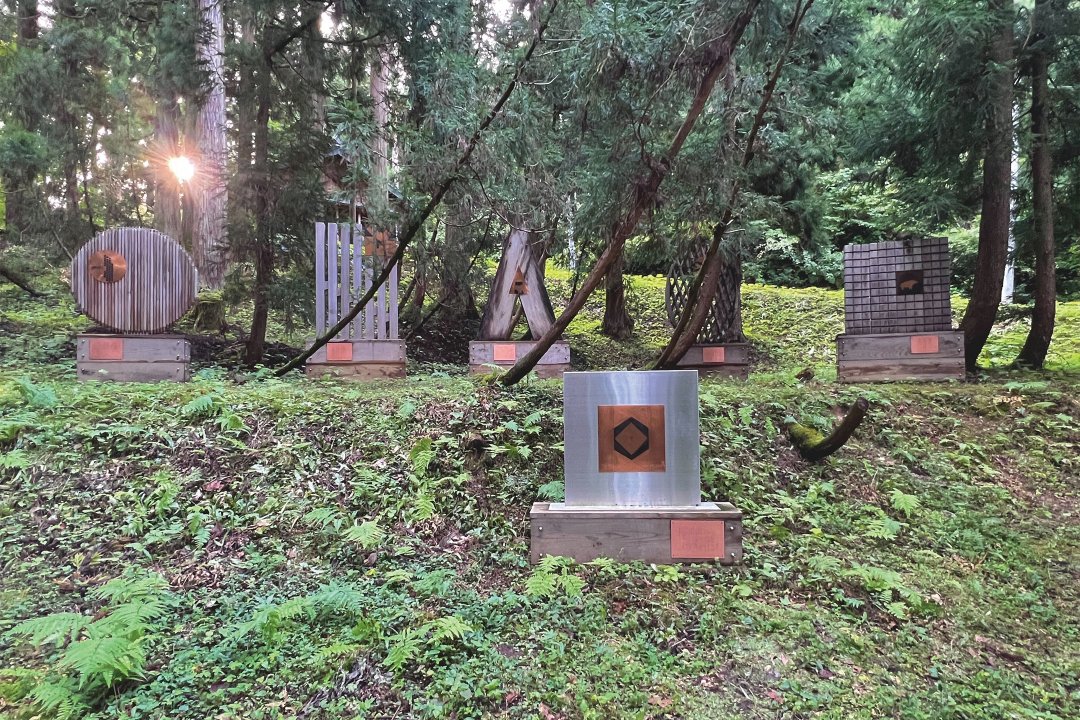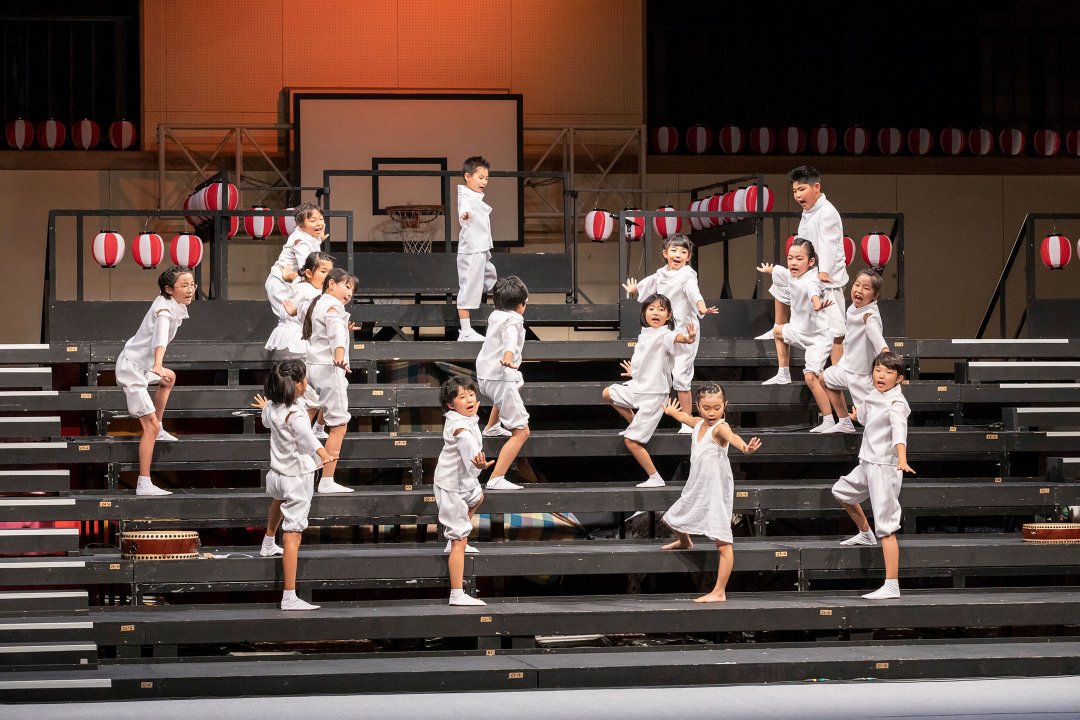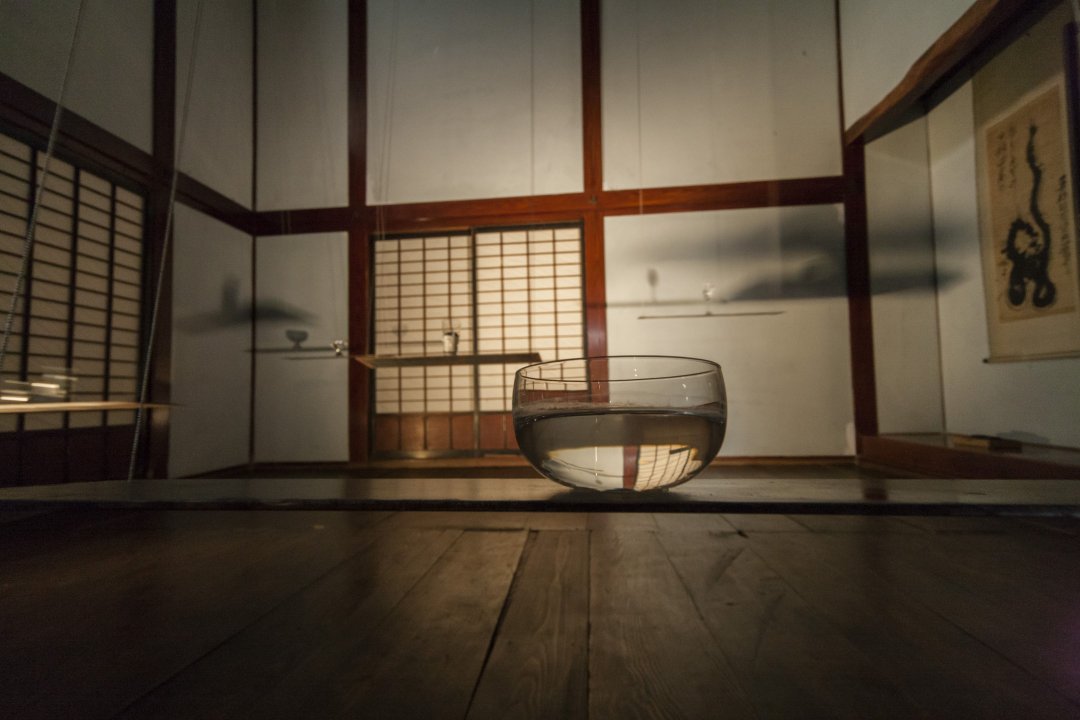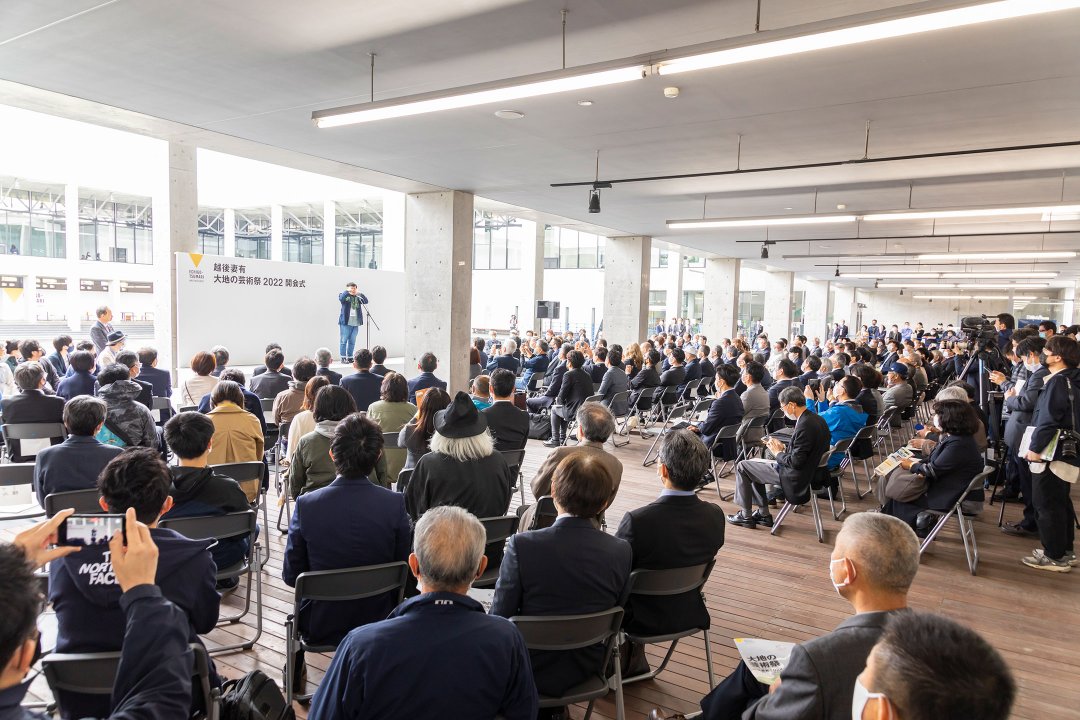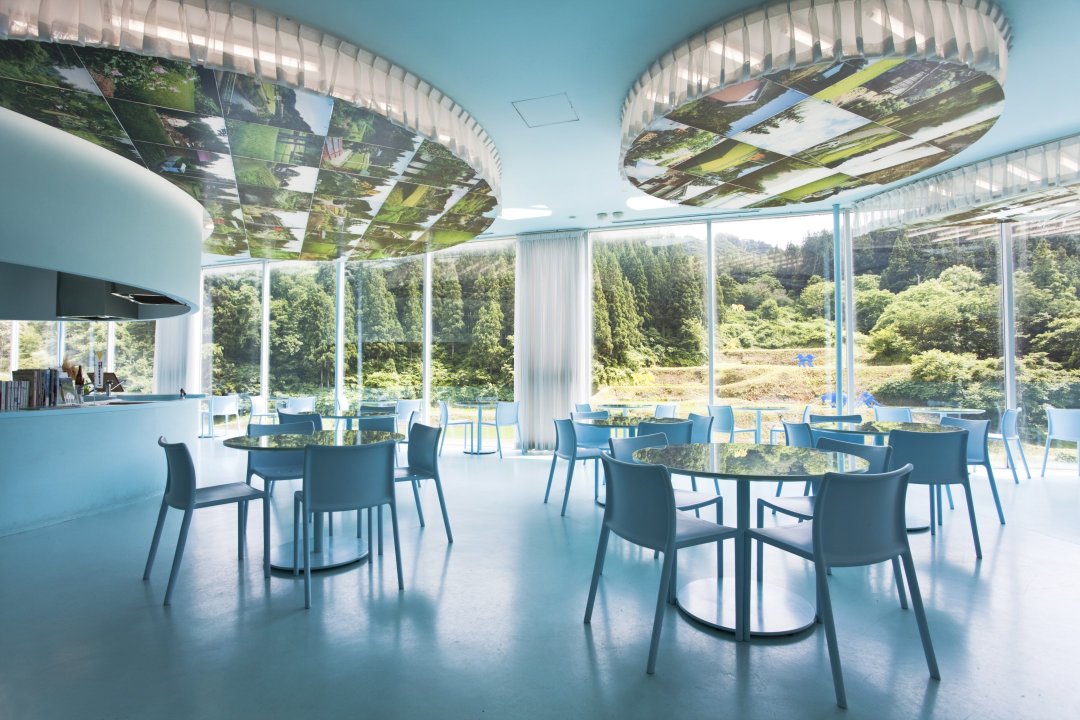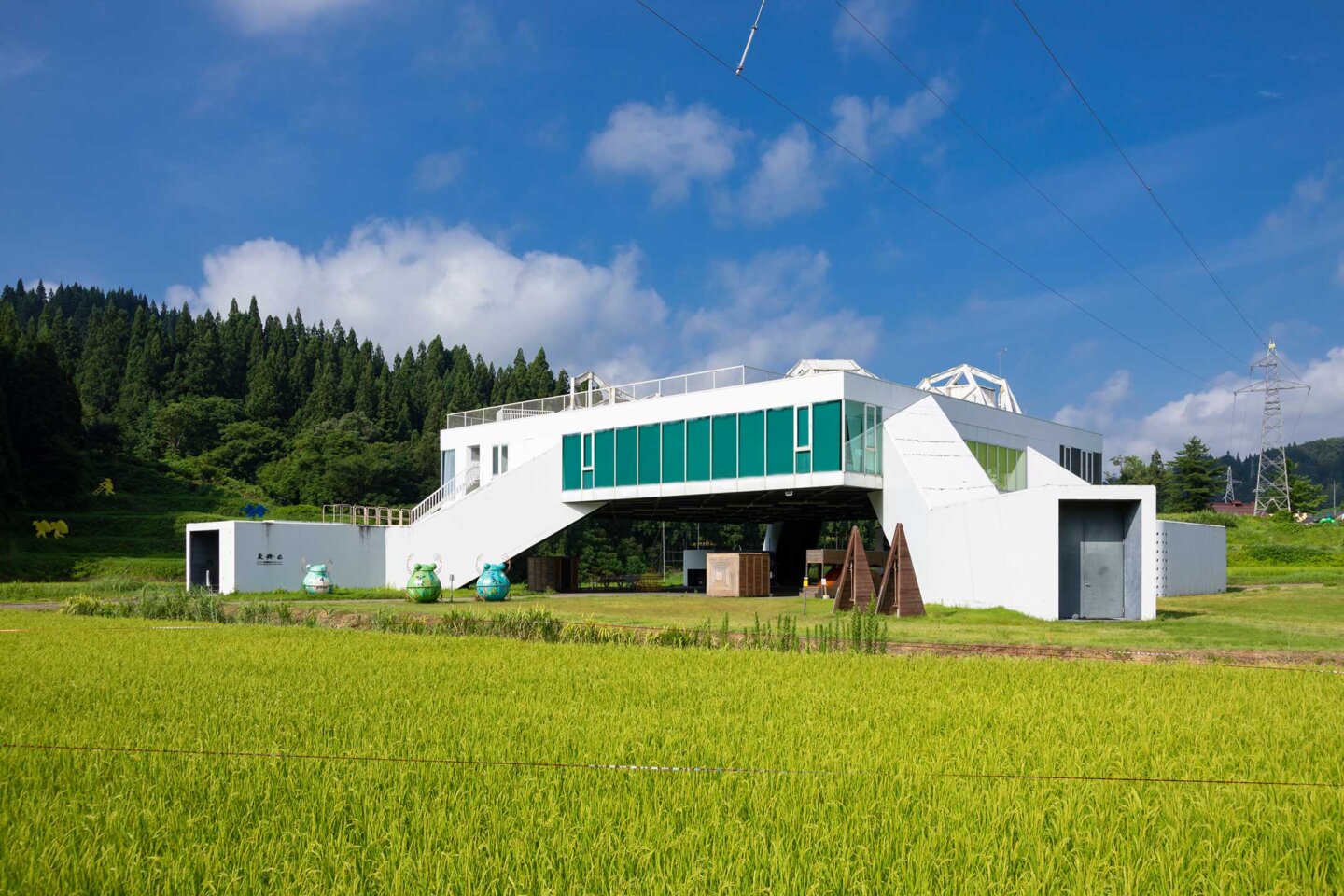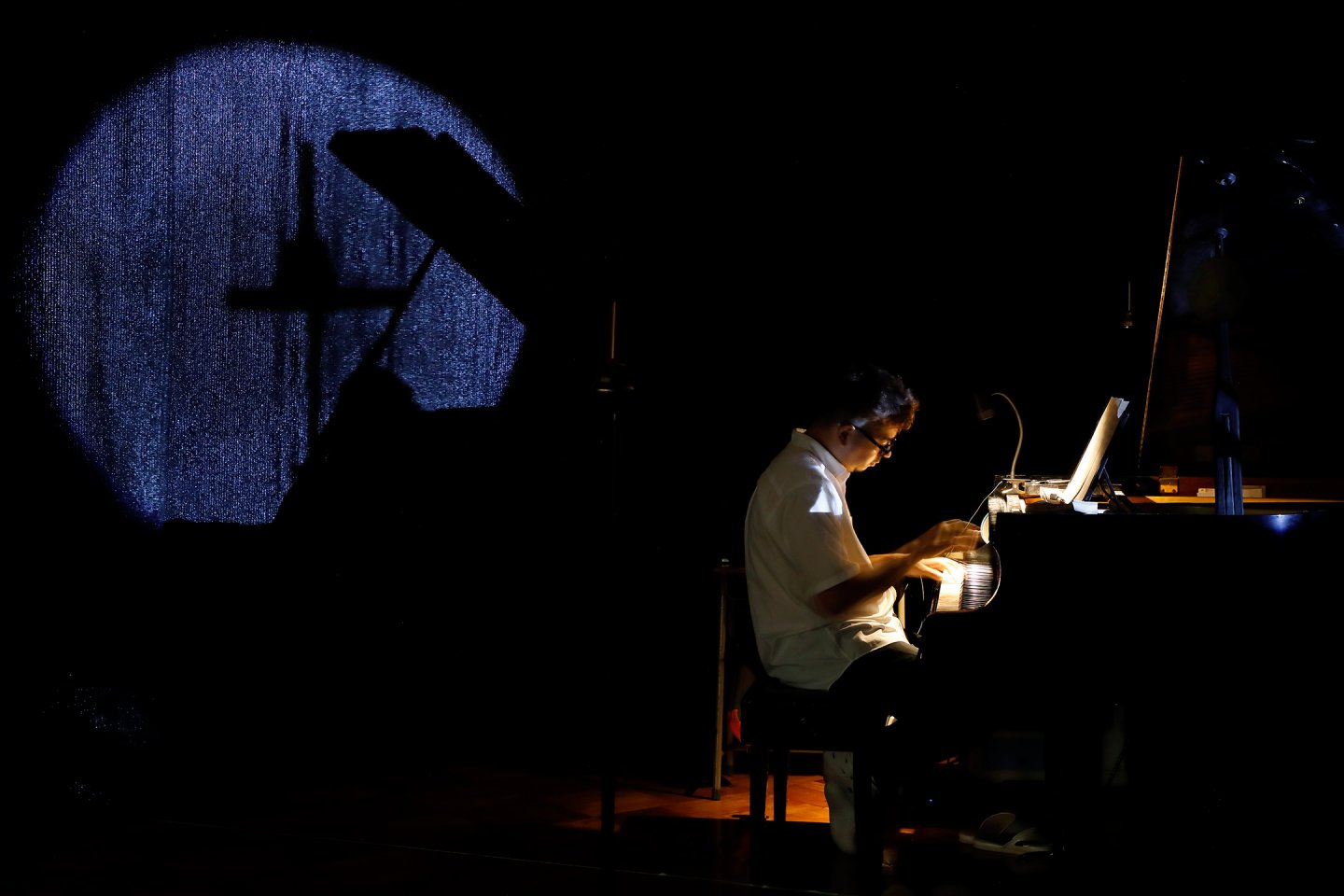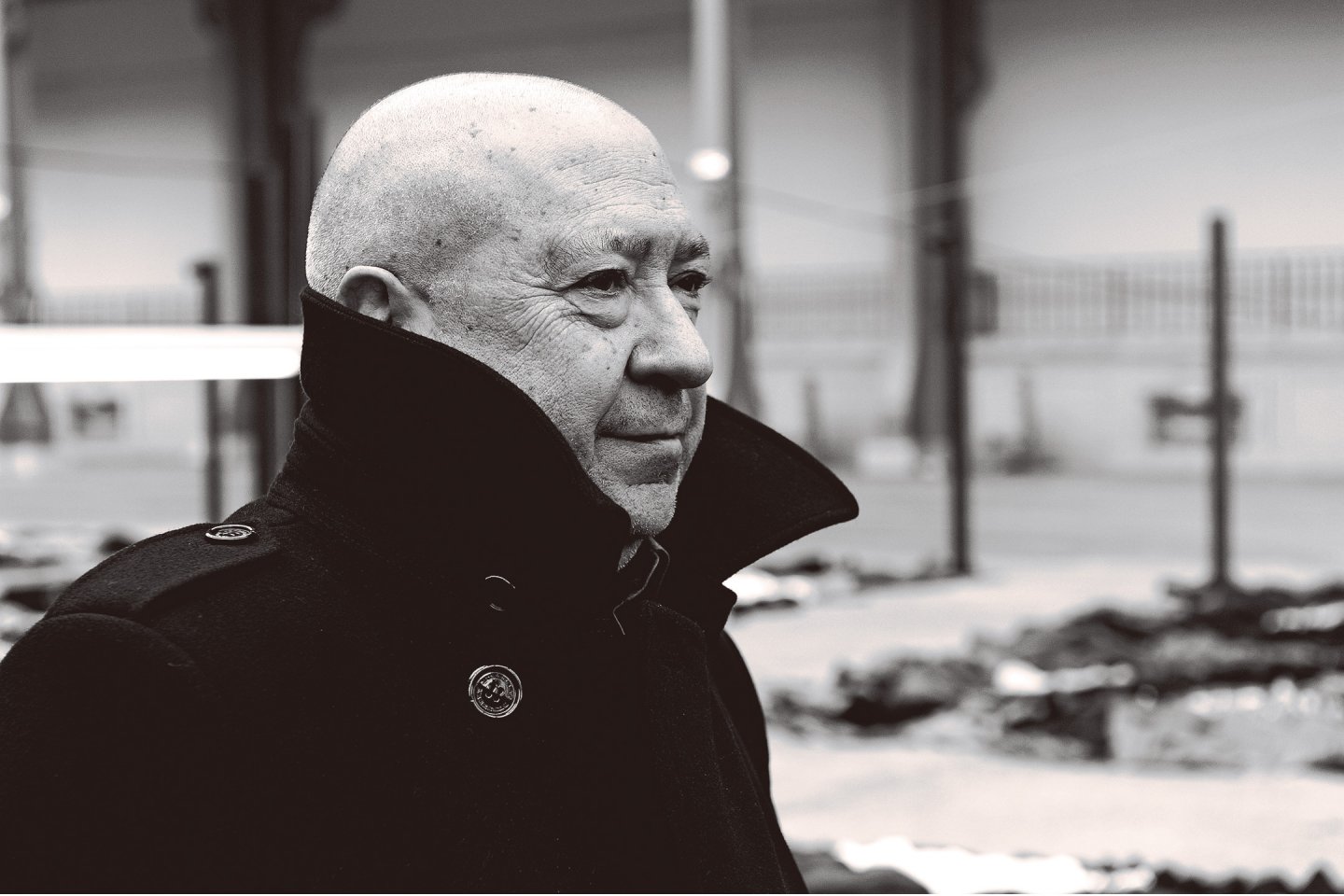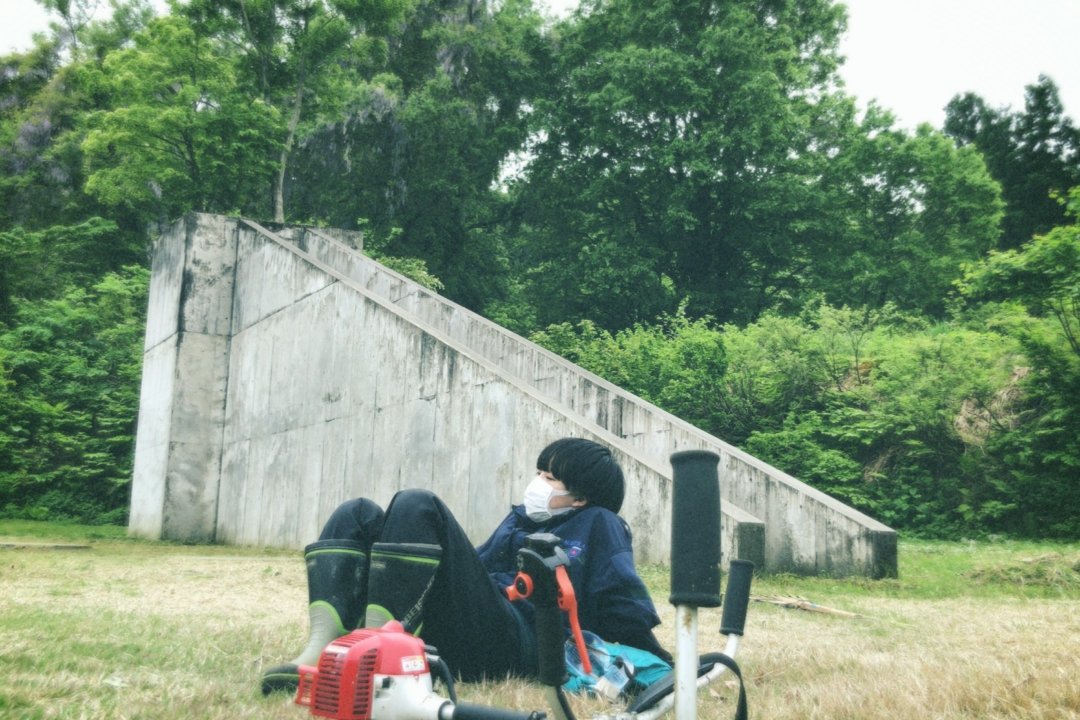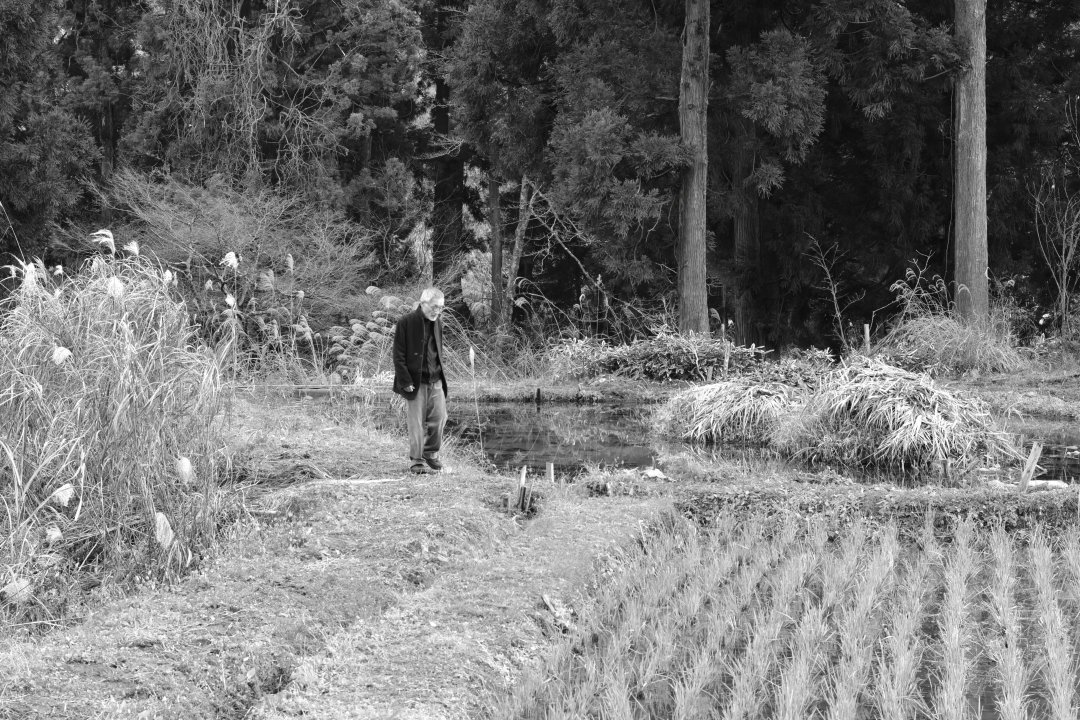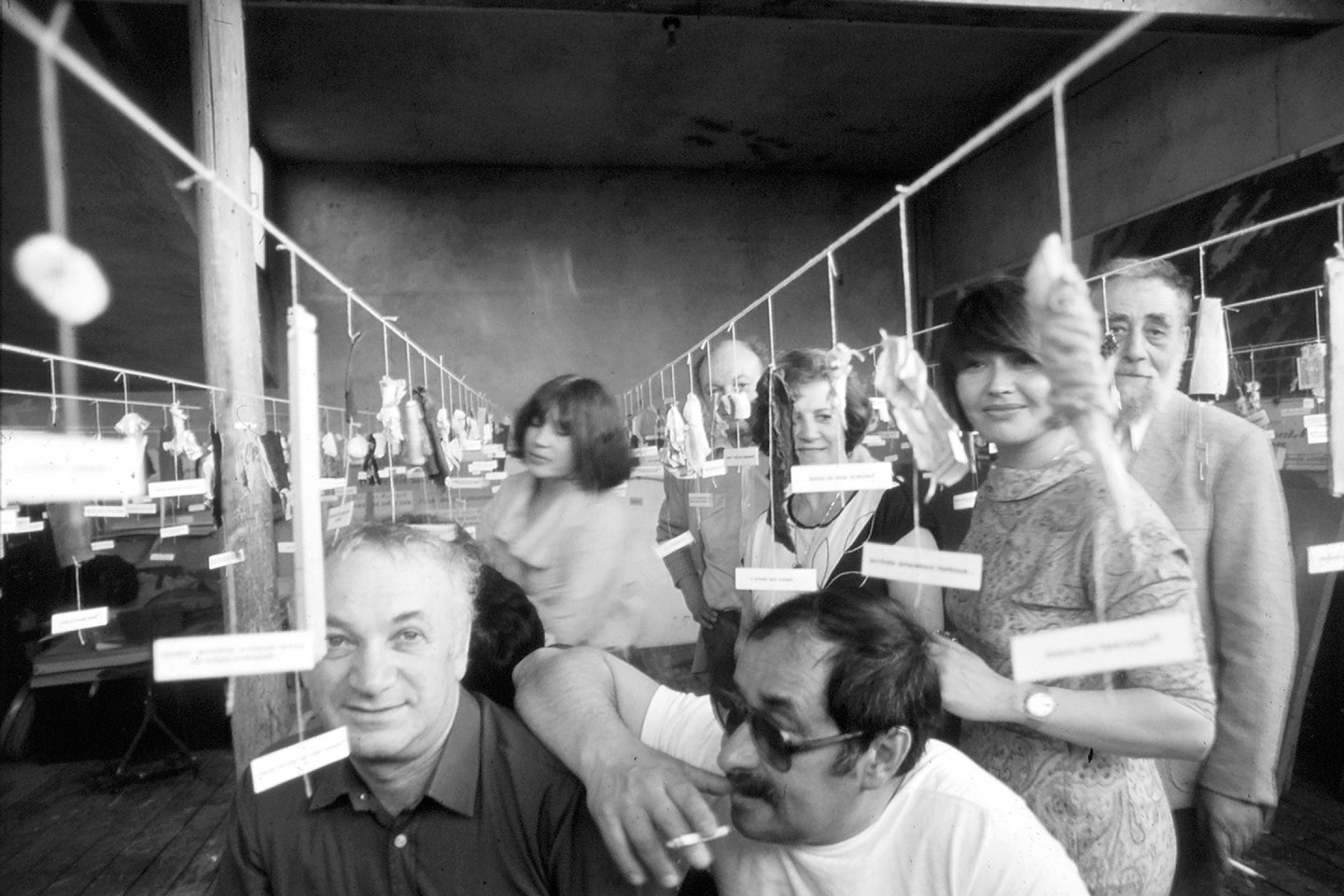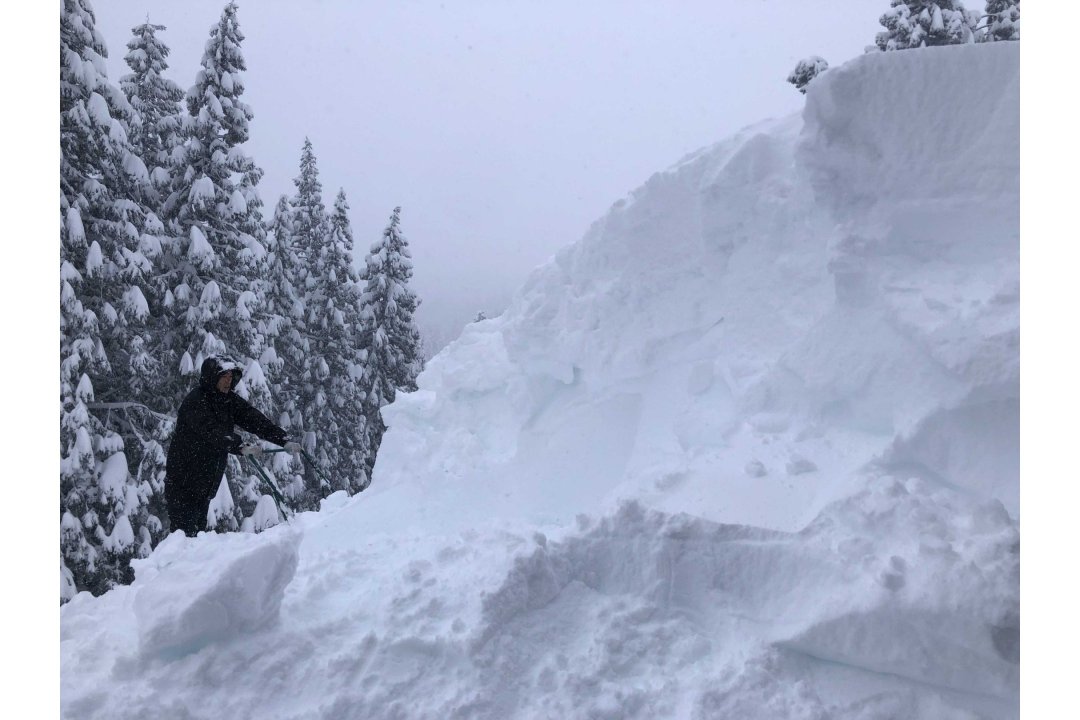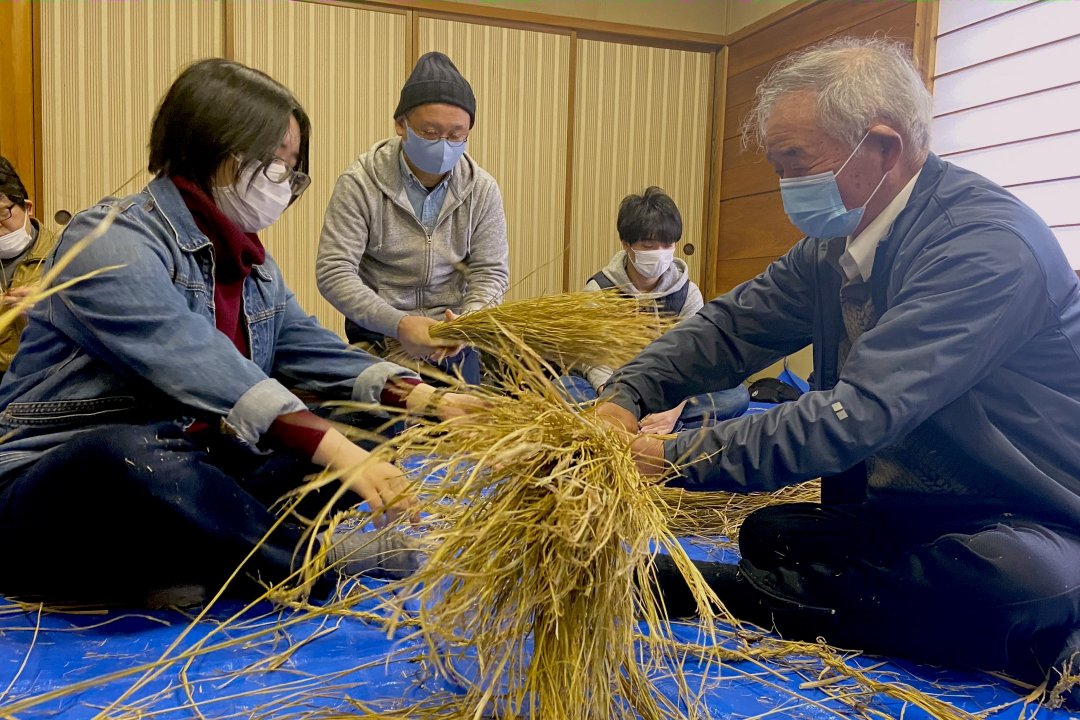Thinking 21st century art in the world from Niigata
Echigo-Tsumari Art Field - Official Web Magazine
Feature / Director's Column vol.6
On the occasion of the opening of MonET: starting over as entering into the 22nd year.
Kitagawa Fram (Editor-in-chef of “Art from the Land” / General Director, ETAT)
Two of the ETAT hub facilities, MonET and Matsudai Nohbutai, re-opened on 22 July. The General Director of ETAT shares his thoughts as he opens these two facilities to the public.
Edit by Art Front Gallery Co., Ltd.
02 August 2021
It is the 22ndsummer since the ETAT began. One of its hub facilities, Echigo-Tsumari Satoyama Museum of Contemporary Art, KINARE, has decided to start over under new name, MonET (Museum on Echigo-Tsumari). KINARE is a collective name for the building accommodating the art museum, onsen, restaurant and shop. Since it was first designed and built in 2003 by Hara Hiroshi and Atelier φ, the building has been renewed twice – so this is the third start of a new journey. We have asked the team Hara again to work on this renovation.
We have given new logos to both MonET and Matsudai Nohbutai Field Museum. MonET’s logo is designed by Akiyama Shin as it was for KINARE and one for Matsudai Nohbutai Field Museum is designed by Satoh Taku who has created the ETAT logo.
I have realised that MonET is a facility which was completed by a brave decision of the Mayor of Tokamachi-city, complete support of the Cultural Agency, and various forces of those who are interested in Echigo-Tsumari in the long-standing pandemic since last year.
When Echigo-Tsumari Satoyama Museum of Contemporary Art, KINARE was launched in 2012 for the 5thiteration of ETAT, Christian Boltanski presented a large scale installation called “No Man’s Land” in the pond where “Palimpsest: pond of sky” by Leandro Elrich is currently presented. Although the installation was already exhibited in Milan, Paris and New York, Boltanski went to Tohoku, a region devastated by the Great East Japan Earthquake of 11 March 2011, and decided that this was the right place to start.
The crane randomly picked up mount of clothes (weighing 16 tonnes in total) and dropped them as if “the god hand” would do. It was an artwork representing life, death and fate of humans.

“No Man’s Land” (2012) by Christian Boltanski / Photo Nakamura Osamu
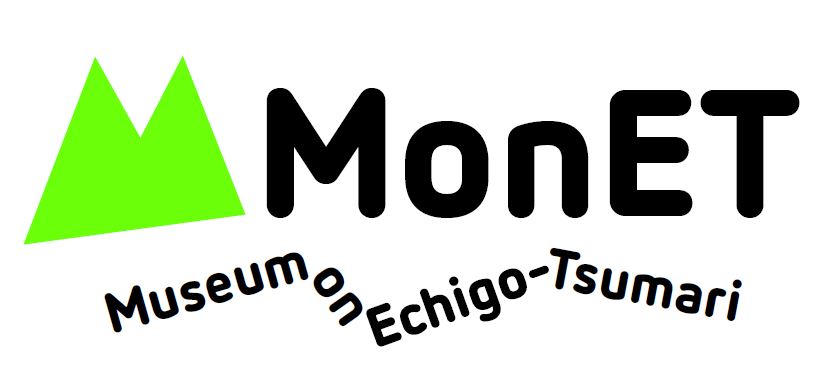
The logo of MonET, designed by Akiyama Shin.
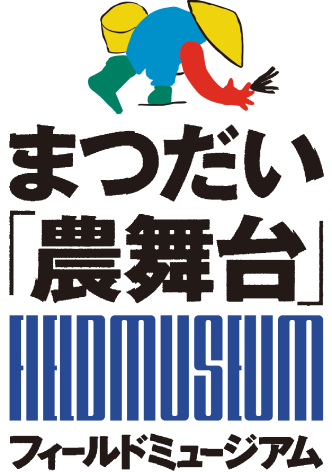
The logo of Matsudai Nohbutai Field Museum is designed by Satoh Taku (ETAT Creative Director)
At Matsudai Nohbutai, we have managed to put together archive of works by Ilya and Emilia Kabakov. Both Boltanski and the Kabakovs are one of the most acclaimed star artists in the world. They know each other well and both of them participated in the 1stETAT. They have always shown their care and support to ETAT. They did realise at very early stage that the utopia for contemporary art was about to be born in Echigo-Tsumari.

“Ten Albums, Labyrinth” (2021) by Ilya and Emilia Kabakov
Christian Boltanski and Echigo-Tsumari
Christian Boltanski passed away on 14 July (2021). He had been part of ETAT since the 1stiteration and he even made a proposal for the 8thETAT which was supposed to have taken place this year. We will have to consult with his partner Annet Messager, whose artwork is presented at Tanokura village, regarding what to do with the proposal.
Boltanski created “Les Linges”, a couple of hundred of white clothes hung in a regular interval, and presented in a filed near a river bank in former Nakasato-village (currently situated in Tokamachi-city) for the 1stETAT. It was actually not until recently when I came to know that he was shocked to see the work as it was quite different from what he had imagined. He lost a word. I have no idea whether he was silent for five minutes or half and hour. However, he re-organised the artwork in silence and decided to continue. But why?

“LesLinges” (2000) by Christian Boltanski / Photo by ANZA ï
Boltanski is a superstar of contemporary art. He has been treated as a distinguished artist in museums and galleries all over the world. Such person was coming to Echigo-Tsumari. People in Nakasato were so curious and welcomed him with passion. I believe that he was determined to meet their expectations.
Although a TV program called “Nichiyo Bijutsukan (Sunday Museum)” on NHK had a special feature on the creative process of “Les Linges”, it didn’t capture the journey taken to have reached that phase. The program showed Boltanski shaking hands with locals and giving autography and enjoying creating the work.
That work moved us as “a shimmering of souls of those who live here as well as those who had to depart from here”. I think that there is a hope that one could feel in his works since then.
He is Jewish. In Nazi-occupied Paris, his Jewish father was claimed to have run away from home after a divorce. He was born without father, lived under the floor hiding and the memory of the Holocaust left a dark shadow on his mind. And yet he continued to create artworks that gave hopes to humanity because he was convinced that Echigo-Tsumari would become an alternative tend in art.
In 2002, he rang my office out of blue. I happened to pick up that phone call. He asked me “are you going to run another festival?” and said “If so I am willing to participate” to me who answered “yes” to his question in poor English.
This conversation lead to the birth of “Voyage d’Et?” (2003), an installation using the entire building of former Higashikawa Elementary School and then to “The Last Class” (2006), the permanent work on the same site.
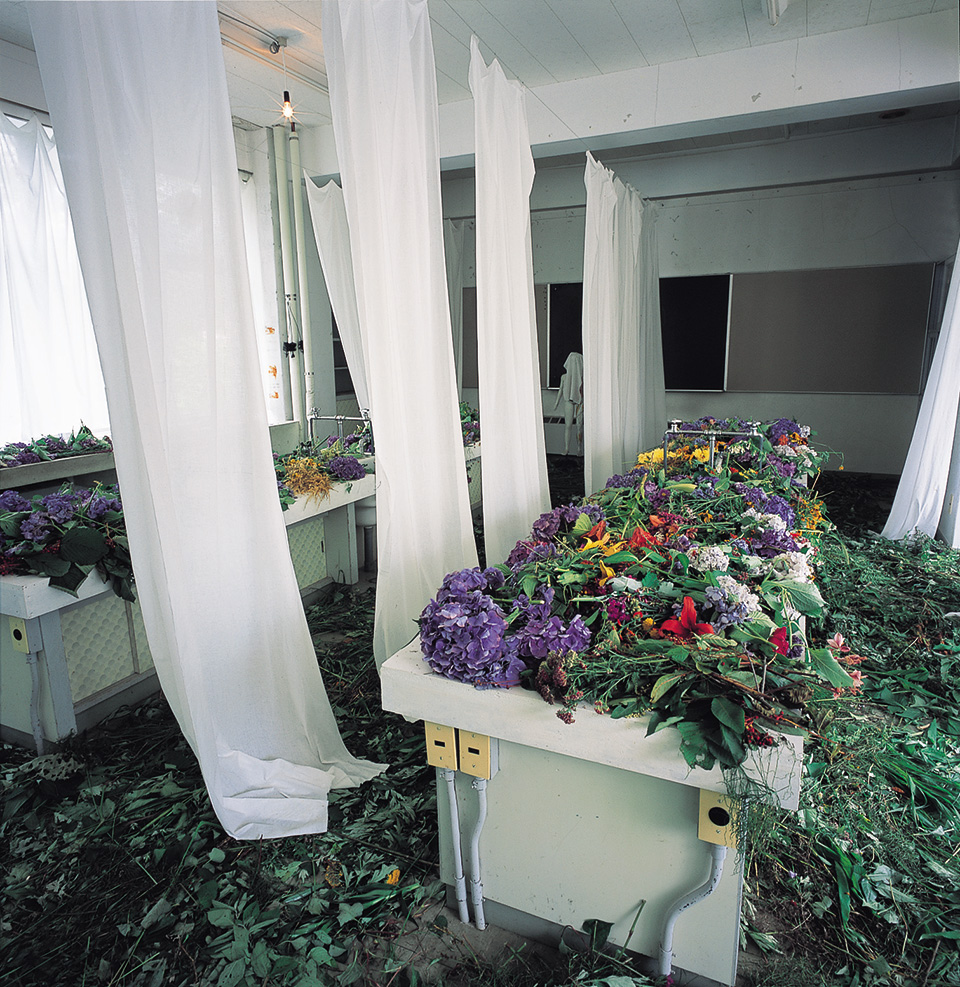
“Voyage d’Et?” (2003) by Christian Boltanski / Photo by ANZA ï
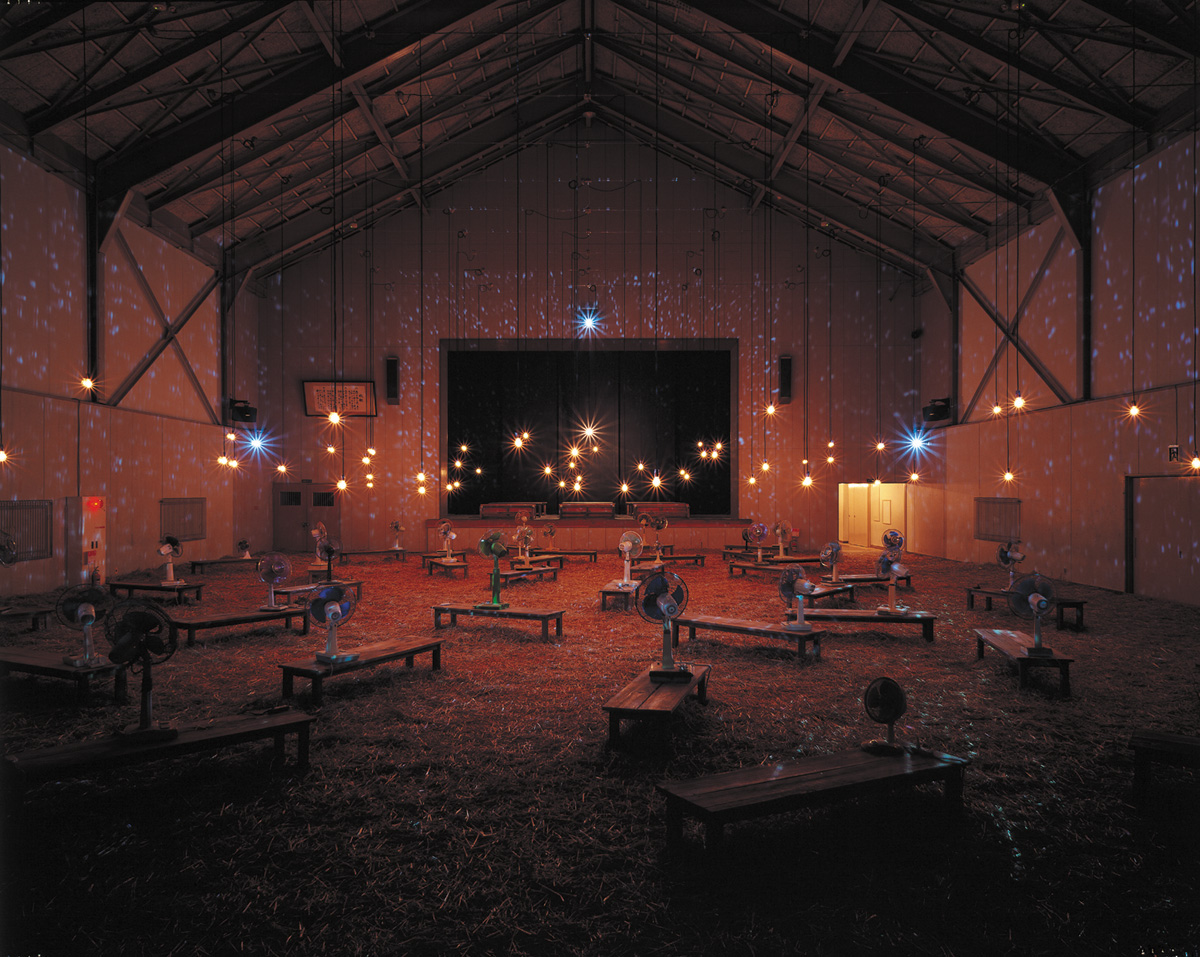
“The Last Class” (2006) by Christian Boltanski + Jean Kalman /Photo by T.Kuratani
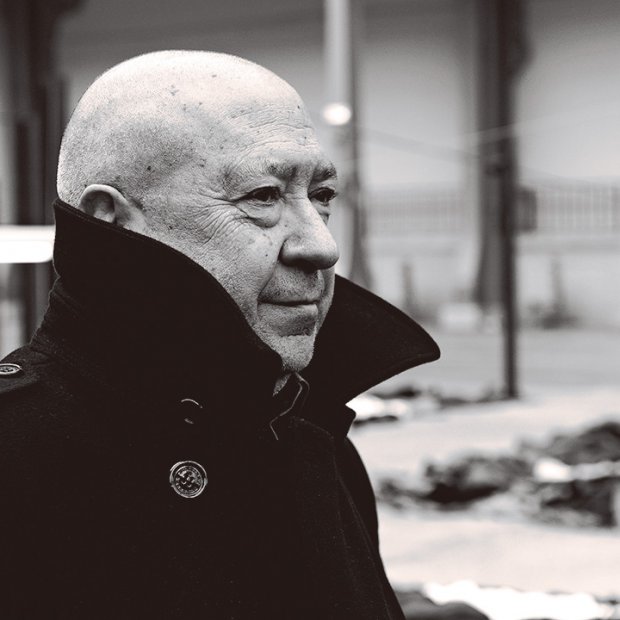
Profile
Christian Boltanski
Born in 1944 in Paris, France. Since released a short film in 1968 followed by a participation in Documenta, an international contemporary art festival in 1972 held in Kassel, Germany, Boltanski has presented his works across the globe created under the core theme of both collective and individual memories and presence and absence. He has built deep connections to Japan which started with the first solo exhibition held in ICA Nagoya and Mito Art Tower in 1990 and 1991. He then participated in the first iteration of Echigo-Tsumari Art Triennale in 2000 and created permanent artworks for ETAT and Setouchi Triennale to date. His solo exhibitions were held at Tokyo Metropolitan Teien Art Museum in 2016, The National Museum of Art, Osaka, The National Art Center, Tokyo and Nagasaki Prefectural Art Museum in 2019-2020. He received the Praemium Imperiale in 2016. His major collections are held at Museum of Modern Art (USA), Tate Gallery (UK), the Centre Georges Pompidou (France). He is known as one of the most prominent French contemporary artists.
The Kabakovs' Dreams
I feel the same way about the Kabakovs. When they came to the site inspection in 1999 in preparation for the 1stETAT, Ilya Kabakov stared at Joyama from the platform of Matsudai station. It was a place on mountain slopes being subject to constant landslide which had transformed into the terraced rice field. The Kabakovs were impressed by the resilience of the local farmers and created the artwork “The Rice Field.”
Ilya Kabakov was born in the Soviet Union. He was unable to present any of his works until he was 53-year-old. It was only after he left Russia to the Western world that he showed his works to the public. The idea for an artwork that he had dreams of was a 3D picture book consisting of landscape and sculpture and poem. Such idea was realised in Echigo-Tsumari as “The Rice Field”.

“The Rice Field” (2000) by Ilya and Emilia Kabakov / Photo by Nakamura Osamu
This is where all started for the Kabakovs in Echigo-Tsumari.
In 2015, the Kabakovs approached us as they wanted to create an artwork for Echigo-Tsumari. The Kabakovs had started to contemplate retirement after their solo show at the Grand Palais in Paris, as they were disappointedby the commercialism and egoism dominating the art world. I was told that it was around that time when they realised that “we do have Echigo-Tsumari” and contacted us accordingly. Ilya then created “The Arch of Life” for the 6thETAT, a tribute to his own life as well as the lives of all the living people.
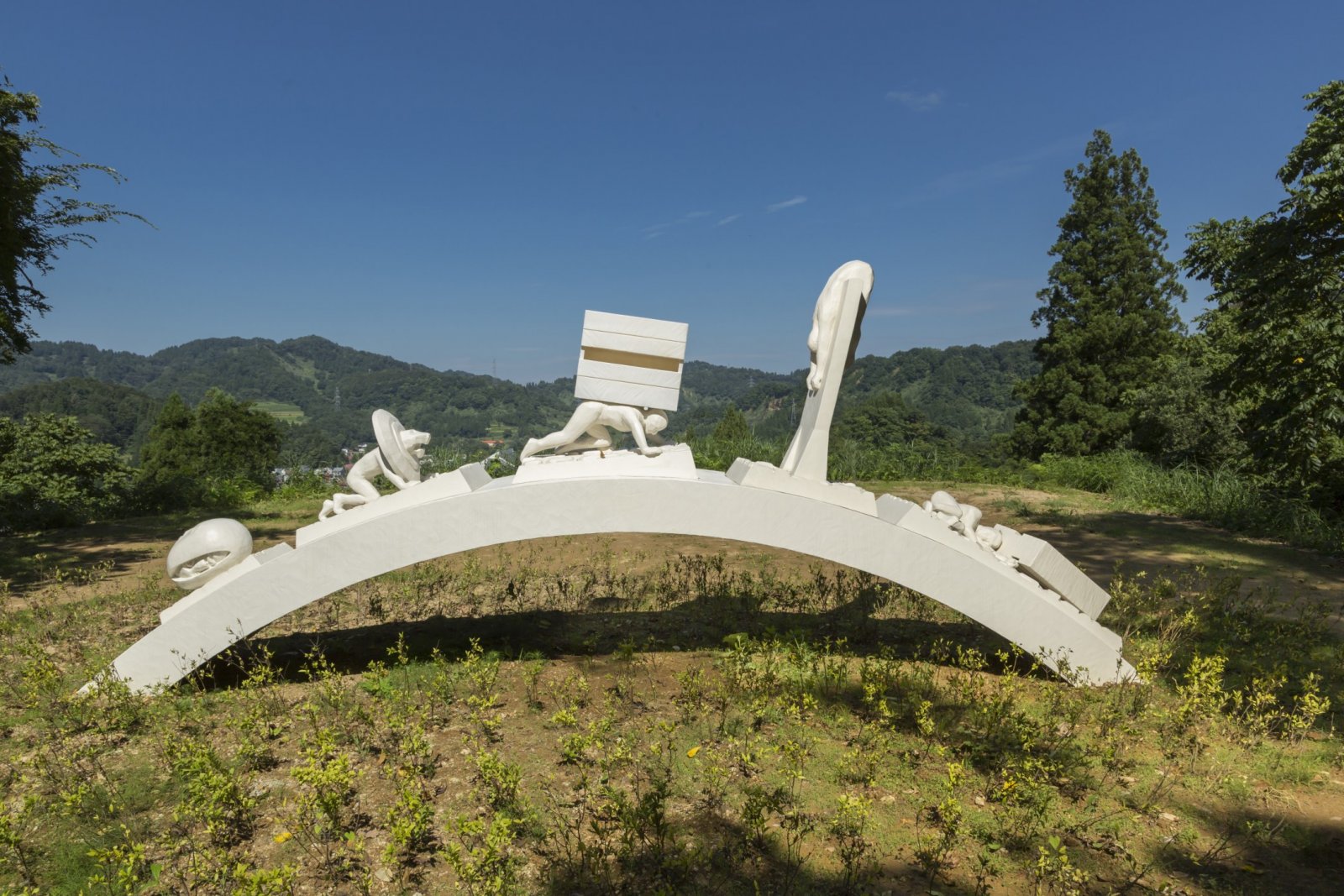
“The Arch of Life” (2015) by Ilya and Emilia Kabakov / Photo by Nakamura Osamu
The Kabakovs contacted us again on 6 June last year (2020) saying they would like to create artworks again in Echigo-Tsumari. It is the work called “The Monument of Tolerance”. They thought this work should be created in Echigo-Tsumari as the COVID-19 pandemic divides people. The work is lit up which colour changes gently in the evening representing feelings of people living here as well as people around the world.
There is a book about villages in the middle age called “The Waning of the Middle Ages” written by the Dutch historian Johan Huizinga. In the book says happy bells are rung from this temple whereas the sad balls are rung from that temple. It occurred to me that the Kabakovs might be thinking in the similar way.
It all started from that phone call. Ilya came up with lots of different proposals. He worked hard in order to realise ideas that he had been nurturing for long time without so-called the negotiation of fees. They are about to come true first in Matsudai Nohbutai and then in the surrounding Field Museum as “Kabakovs’ Dreams”. It could be said that it has been only the COVID-19 Pandemic that made possible to create these series of works
”The Monument of Tolerance” (model) by Ilya and Emilia Kabakov
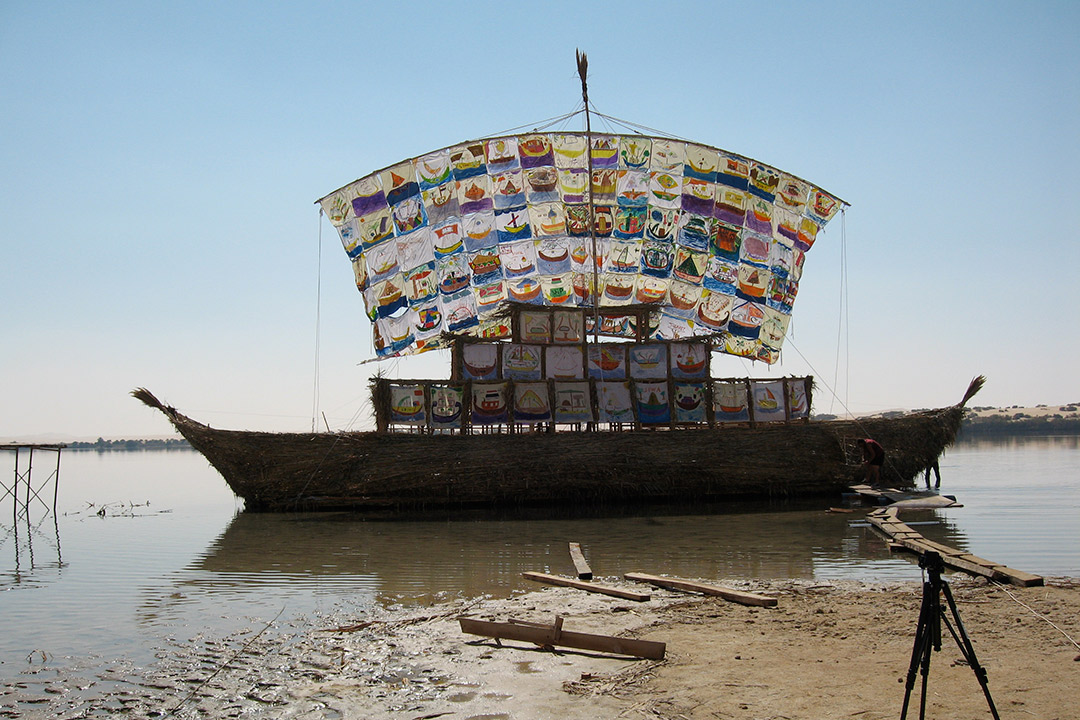
“The Ship of Tolerance” (reference image) by Ilya and Emilia Kabakov. ※This will be installed in the exhibition space in “The Monument of Torelance”.
MonET and Matsudai Nohbutai Field Museum could be described as co-creations of time, locals and people who continued to have engaged with Echigo-Tsumari. With these two elements are intact, Echigo-Tsumari Satoyama Museum of Contemporary Art can take a name “Museum on Echigo-Tsumari” with a word “on” stands for engaging with the entire Echigo-Tsumari. Mon in French means “my” and therefore MonET also connotes “My ET (Echigo-Tsumari)” as well as “My E.T (Extra-Terrestrial)”.

Profile
Ilya and Emilia Kabakov
Ilya Kabakov was born in 1933 in the former Soviet Union (current Ukraine). Currently resides in New York. While he built his reputation as a children’s book illustrator during the time of the Soviet Union regime from 1950 to 1980s, he pursued his artistic activities outside of the official framework. He moved his artistic base to abroad in the middle of 1980s and presented “total installation” replicating Soviet-like space at Venice Biennale and Documenta. Ilya started to work with Emilia (born in 1945) in 1988. In Japan, they had solo exhibitions such as “Life and Creativity of Charles Rosenthal” (1999), “Where is Our Place?” (2004), “Ilya & Emilia Kabakovo present: Ilya Kabakov orbis pictus – Children’s book illustrator as a social character” (2007) and created “The Rice Field” (2000) and “The Arch of Life” as permanent installations in Echigo-Tsumari. They received The Praemium Imperiale in 2008.
A newly established exhibition space
On the ground floor of the building, a community space with a shop designed by Ryohin Kikaku Co., Ltd have opened. The museum shop on the upper floor has been renewed as a place where you can find artists’ goods. The newly established exhibition space hosts a photo exhibition of Moriyama Daido, “To Nirvana and Back”. These photos were taken when he came to document a performance produced by the Dutch artist, Christiaan Bastiaans for the 2ndETAT and I remember we were all surprised. Moriyama who shot Shinjuku as a dark side of the high economic growth in 1960s and 1970s took photographs of flowers. I was moved that those colourful flowers planted on the streets for welcoming visitors walking along by locals captured Moriyama’s eyes.
“To Nirvana and Back” by Moriyama Daido

“To Nirvana and Back” (from the Real Lear) by Moriyama Daido
During the trienniale next year, we will present co-curated exhibition in this exhibition space with The Pushkin State Museum of Fine Arts from Russia, known for the world most collections of contemporary Art. We can connect through culture beyond borders even under the challenging circumstances.
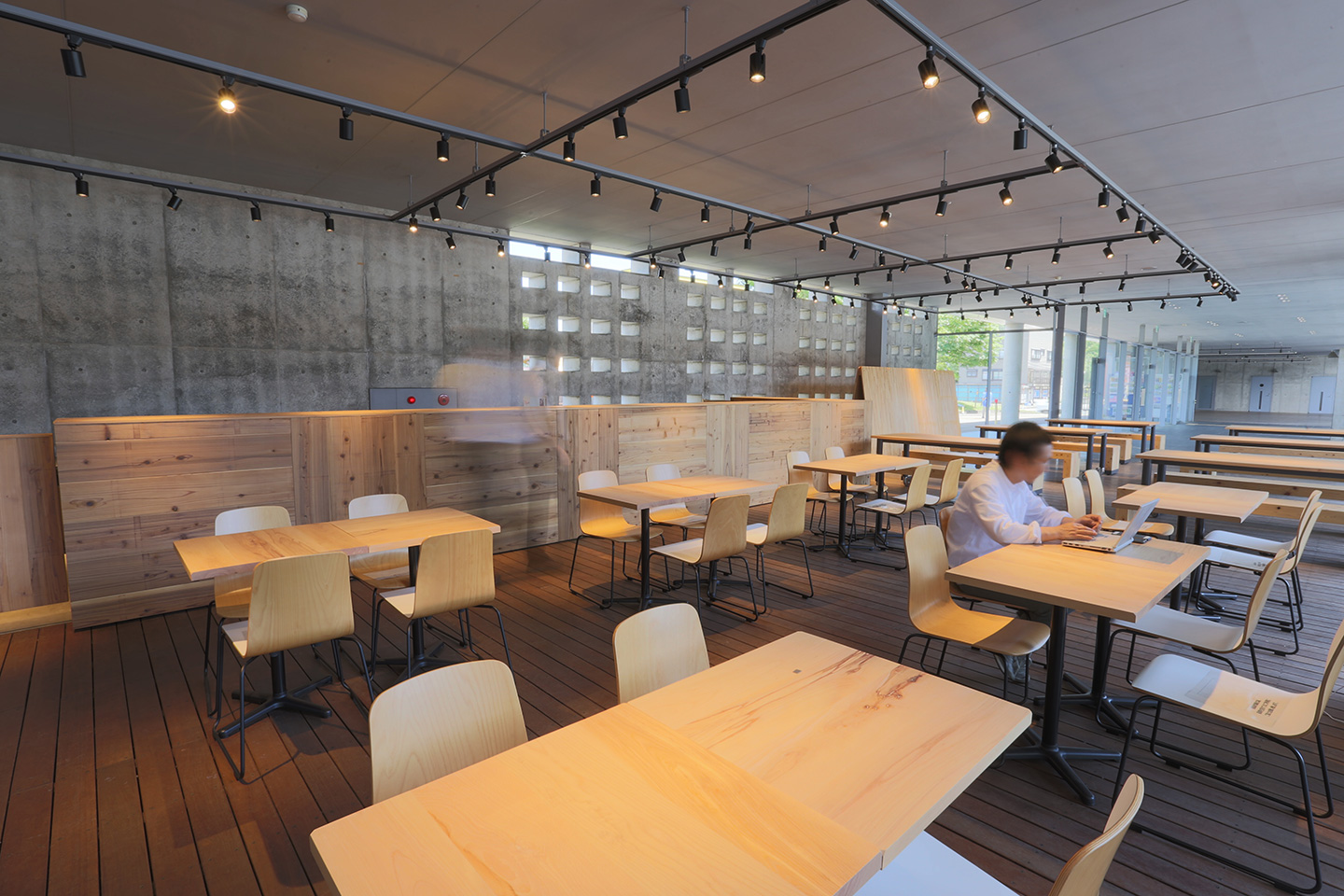
A community space for locals. (Design supervised by Ryohin Keikaku Co., Ltd. / Corridor on the ground floor of MonET). The space will be used for special events, markets and seminars.

MonET Museum Shop

Exhibition space on the ground floor. Currently showing the photo exhibition of Moriyama Daido.
In Echigo-Tsumari, site specific arts which relate to the land have been developed like a kind of Dōsojin. MonET is aspired to have a function to provide information on the entire Echigo-Tsumari. I hope that this corridor will one day become a place where different people will present their expertise and interests like the Rakuichi Rakuza was once so. We have come to the point that we are able to move forward with a future prospect. Although our ambition is great and we have still long way to go, we would like to continue working to become a self-sustaining and profitable institution.
When I visited Echigo-Tsumari in 1996 for the first time, I hoped that this would become a place where people from across Japan and globe will have fun through art and culture. I feel grateful that I can slowly but steadily moving closer to what I wished for.
Kitagawa Fram






